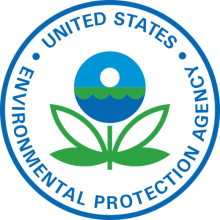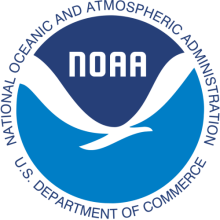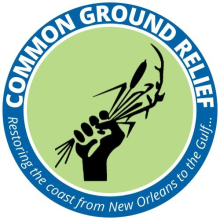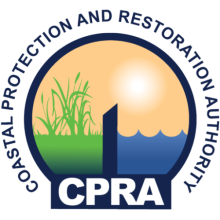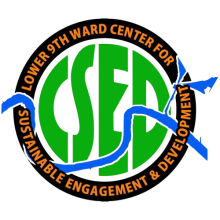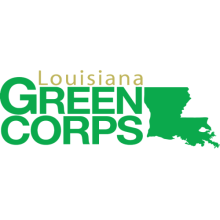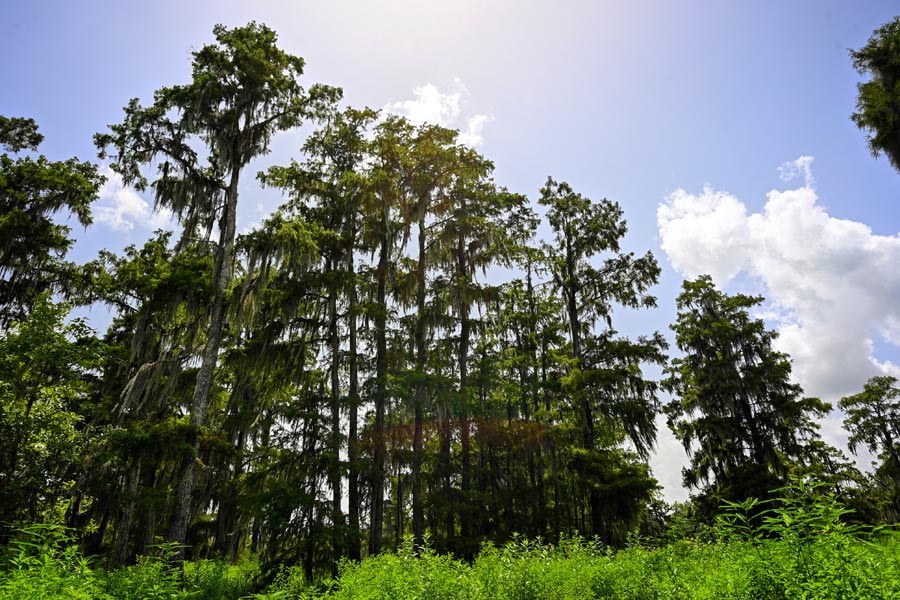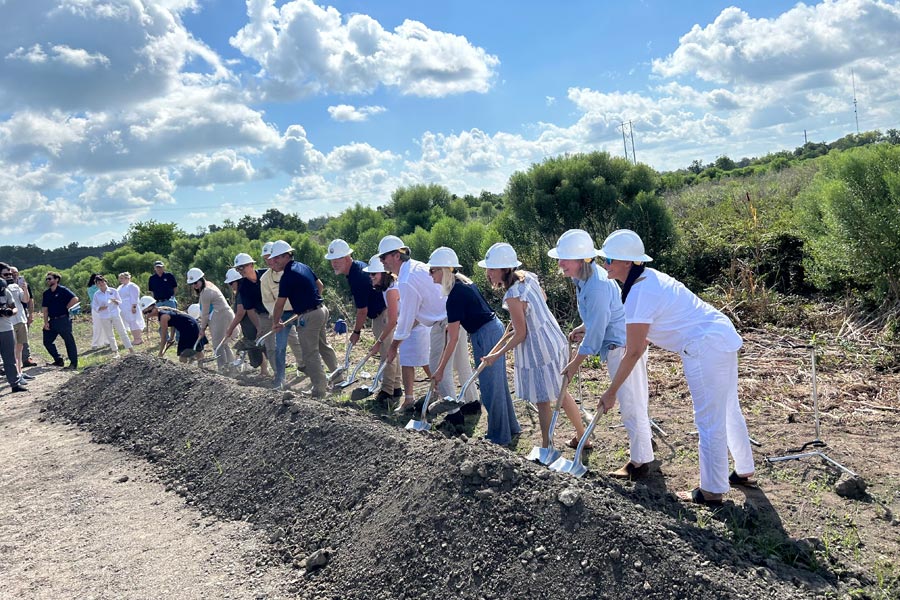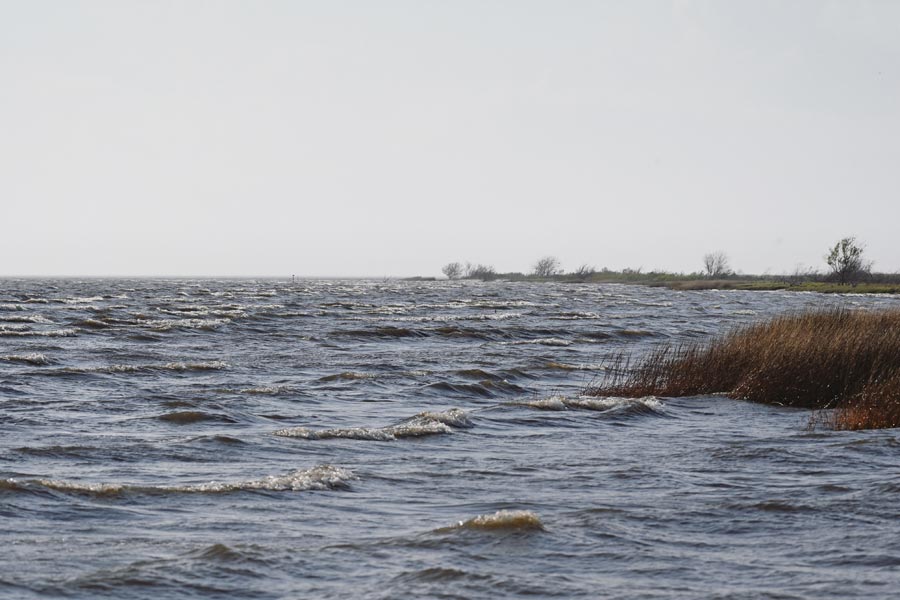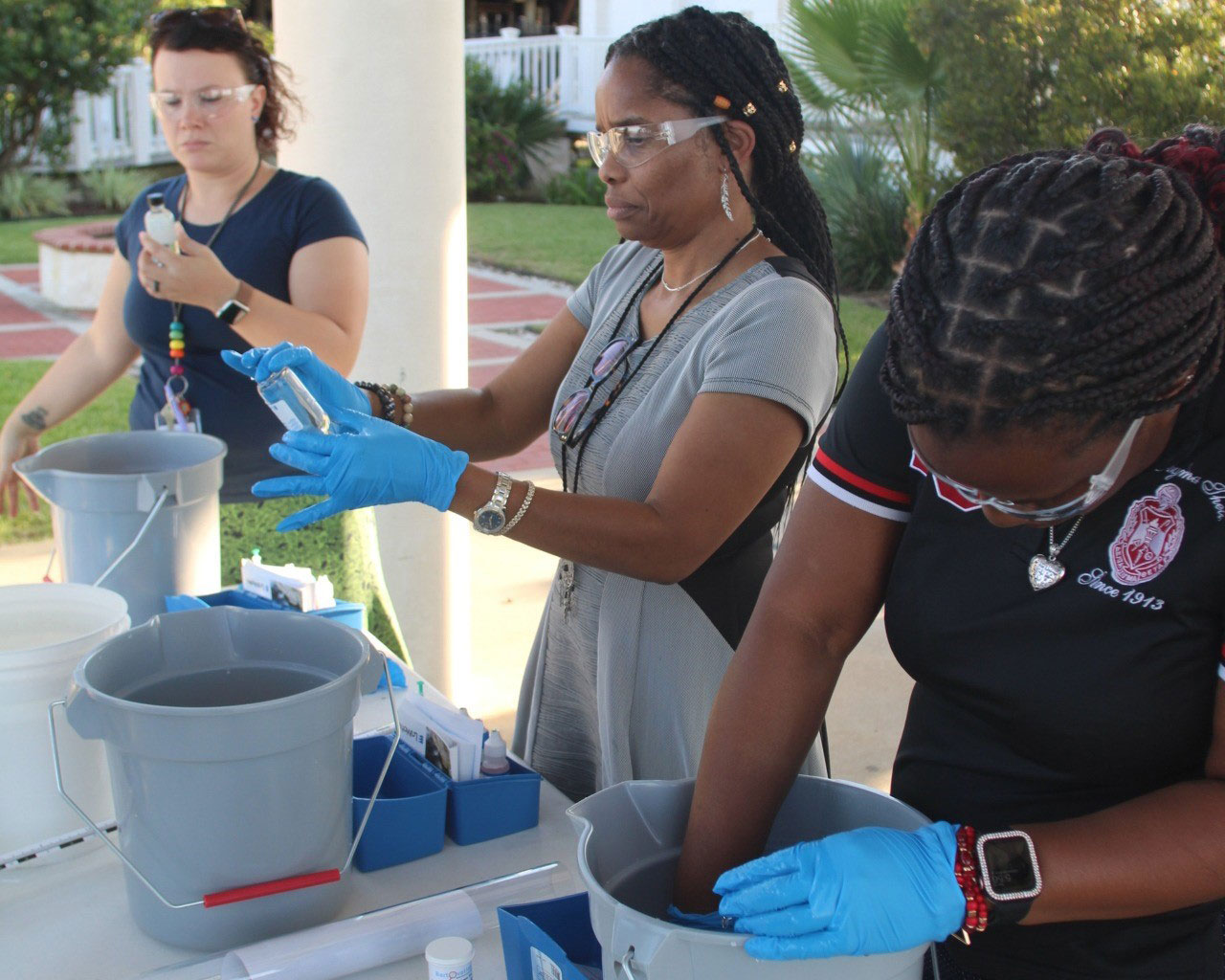
Environmental
Education
Our hands-on, inquiry-based projects are community-focused. Through these projects, we strive to provide comprehensive access for underserved populations to high quality environmental education.
Education Projects
We provide school and community programs and an online collection of environmental explorations designed to expand environmental literacy.
C.I.T.E
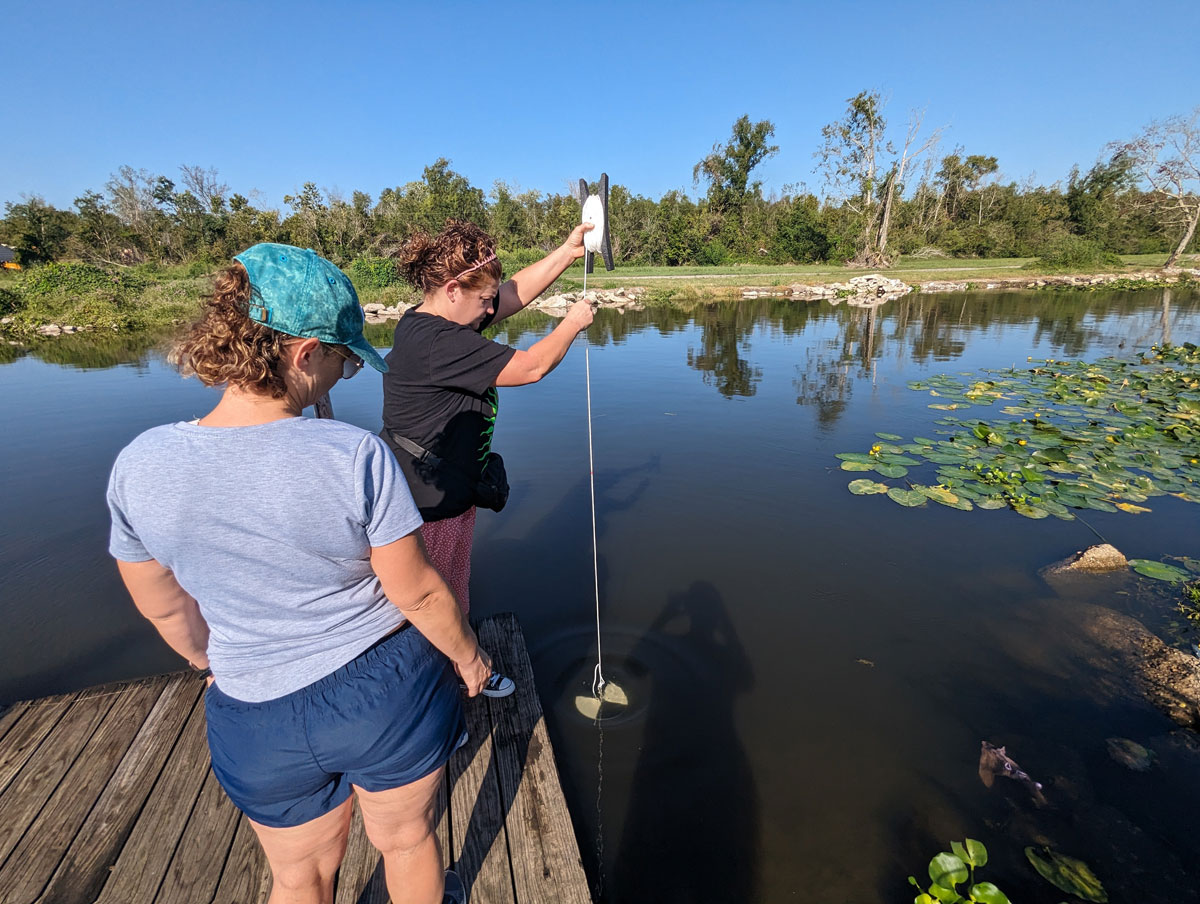
C.I.T.E
Communities Investigating Their Environment
CITE is a water quality community science initiative that began in St. John the Baptist Parish, driven by local parish residents. It walks community members through the process of identifying a waterway of concern, deciding on what test is most appropriate, collecting data, and using that data to design an action project using tools and training we provide.
Learn More
Parish Overview
St. John the Baptist Parish spans both banks of the Mississippi River and includes other waterways such as Lake Maurepas and Lake Pontchartrain. Natural bayous and human-made canals crisscross this landscape of water and earth to connect communities, natural areas, and industry.
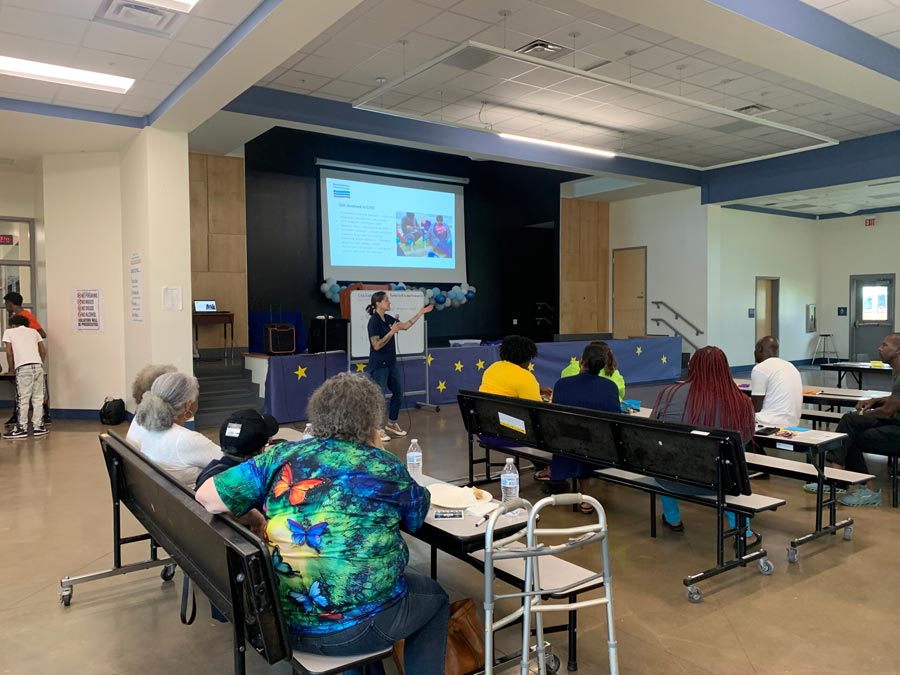
Sign Up for Email Updates
We'll keep you updated on the latest with our C.I.T.E. project.
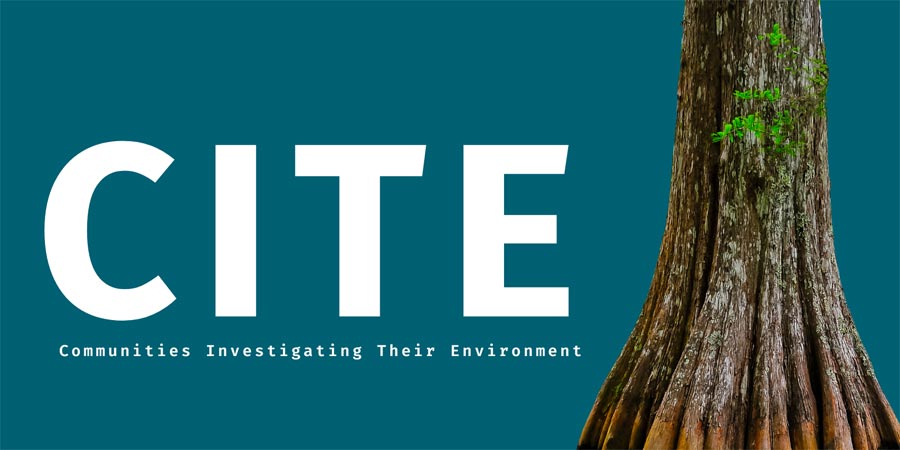
F.L.O.W
F.L.O.W
Facilitating Learning in Our Watershed
FLOW enhances environmental education with extensive training for science teachers. Participating teachers collaborate to create locally focused curriculum and accompanying STEM kits. By creating their own hands-on experiences, teachers and students gain a more meaningful understanding of their watersheds.
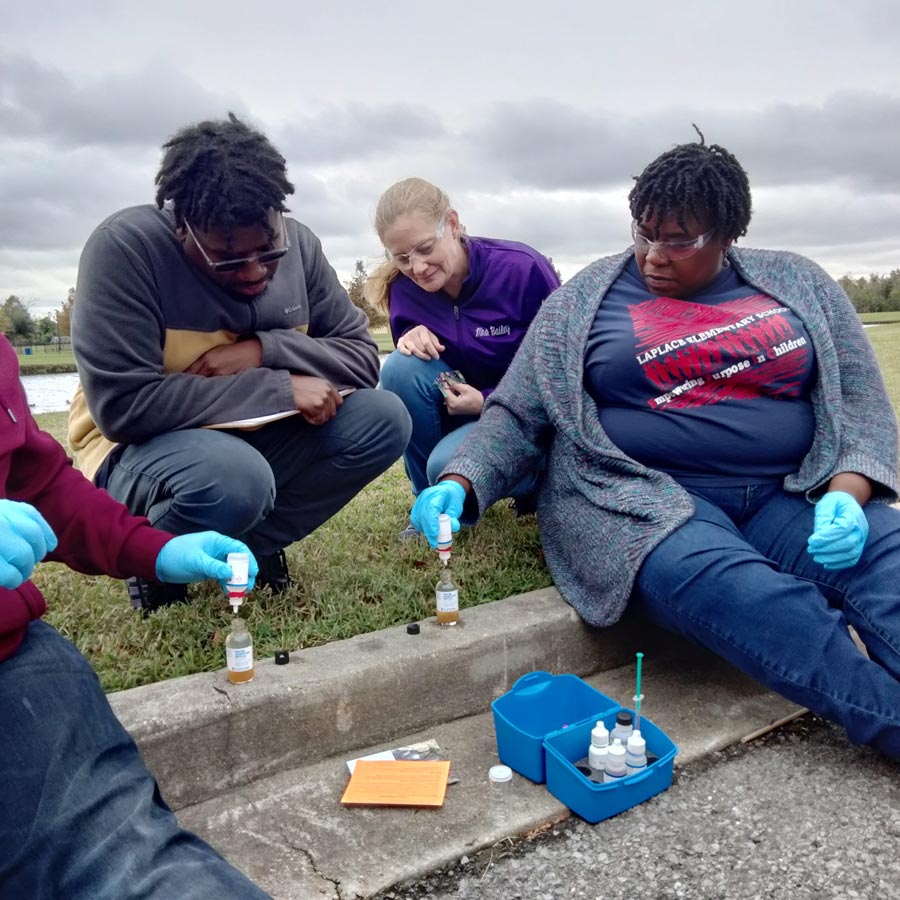
Learn More
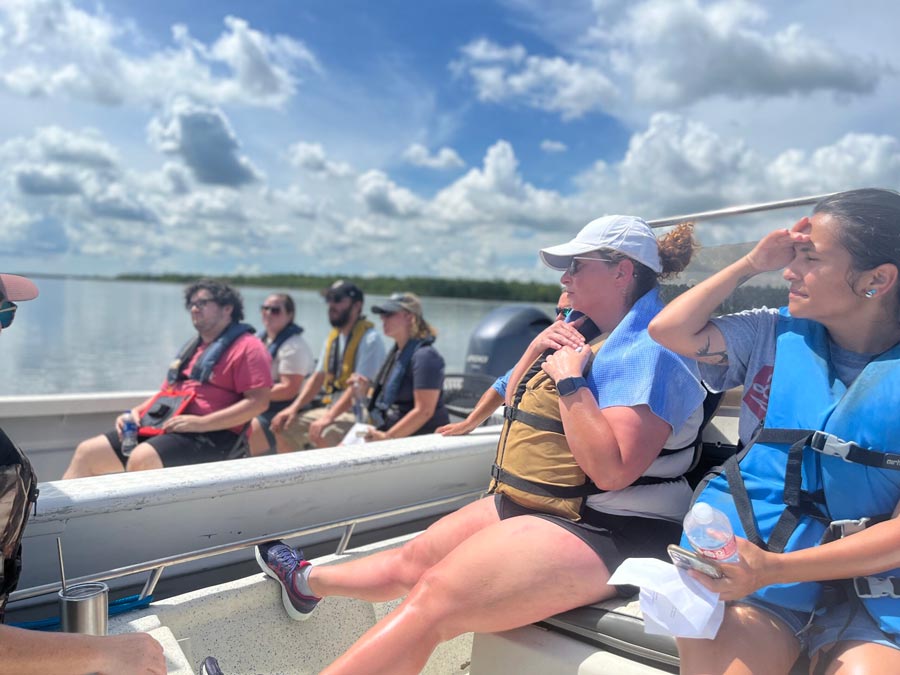
St. Bernard Parish
- Training ten teachers and one district facilitator.
- Developing comprehensive lesson plans incorporating field-based investigations.
- Benefiting over 600 students in Title I schools.
- Integrating curriculum into 7th-grade science classes focused on coastal land loss, water quality, and environmental topics.
St. John the Baptist Parish
- Ongoing FLOW project focusing on 8th-grade students in marginalized rural communities.
- Provides professional development for eight 8th-grade science teachers.
- Developing an inclusive and locally-focused MWEE watershed curriculum.
- Aims to impact around 400 8th-grade students.
- Project location faces challenges such as industrial pollution and sea-level rise.
- Project will follow a similar two-year implementation plan as in St. Bernard Parish.
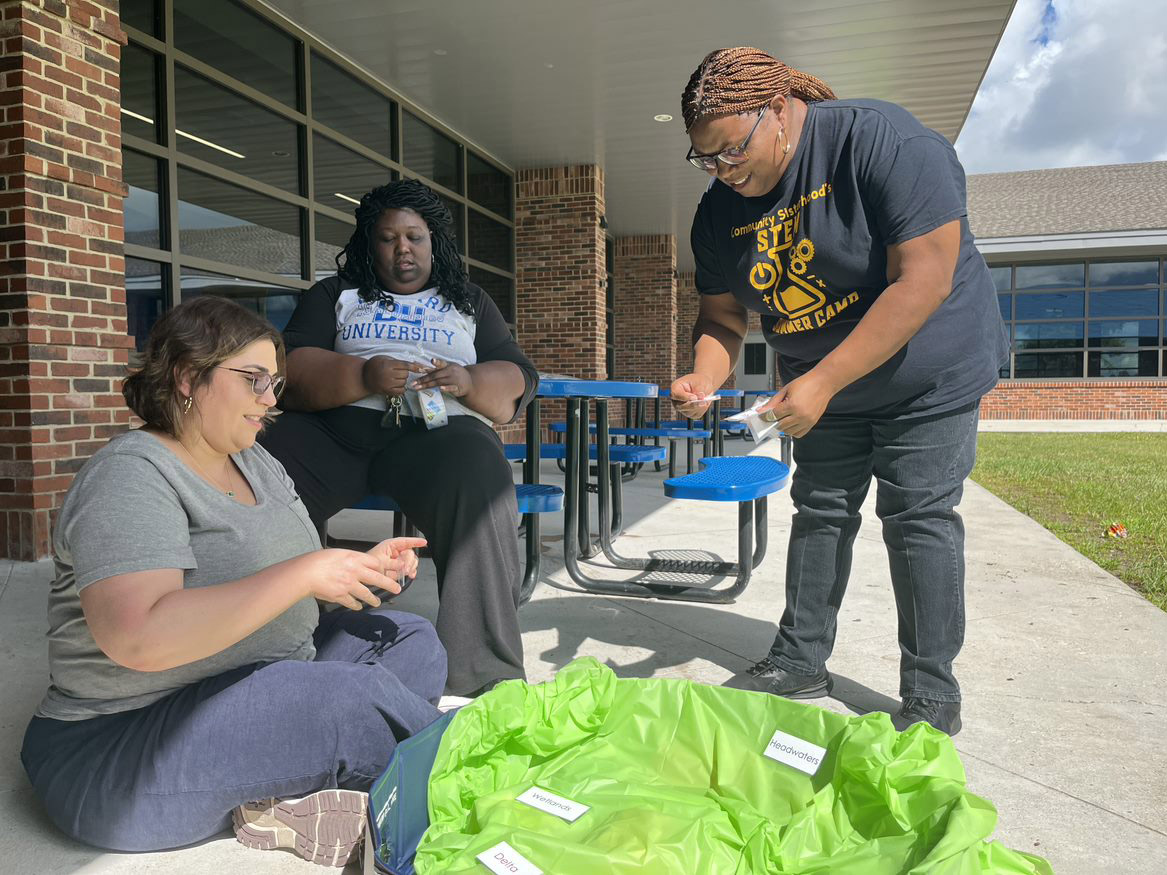
Consider Litter
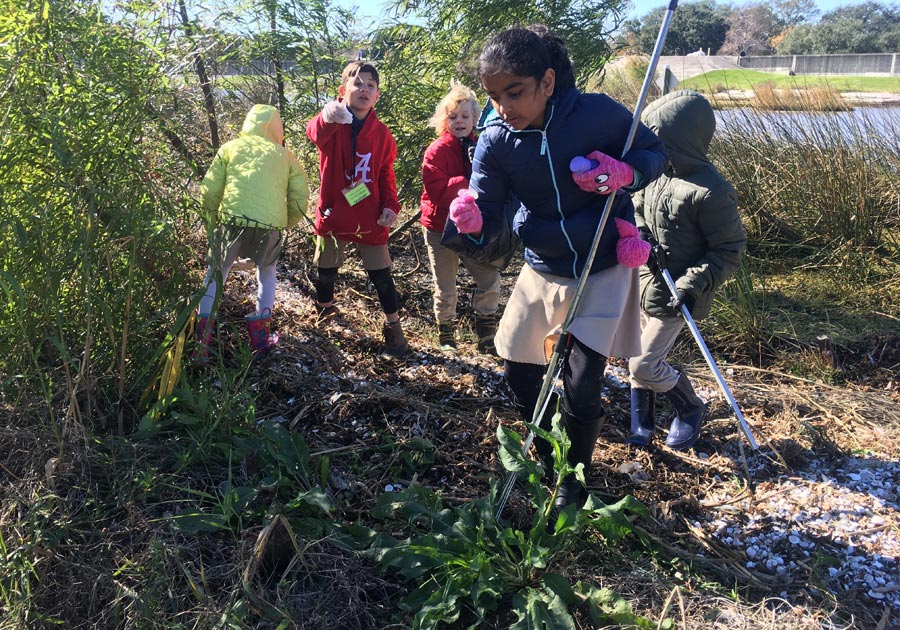
Consider Litter
Consider Litter is designed to address the issue of land-based litter before it finds its way into local waterways. Partner sites commit to monthly litter and data collection at their chosen location. The data and feedback from local businesses, scientists, and nonprofits are used to identify opportunities for action projects. The goal of Consider Litter is to grow local litter-based stewardship in communities.
Learn More
Consider Litter in Practice
Partnering with New Harmony, Park Forest, and Eva Legard schools, Pontchartrain Conservancy implements the Consider Litter program, fostering environmental awareness and instilling responsible waste management practices in students.
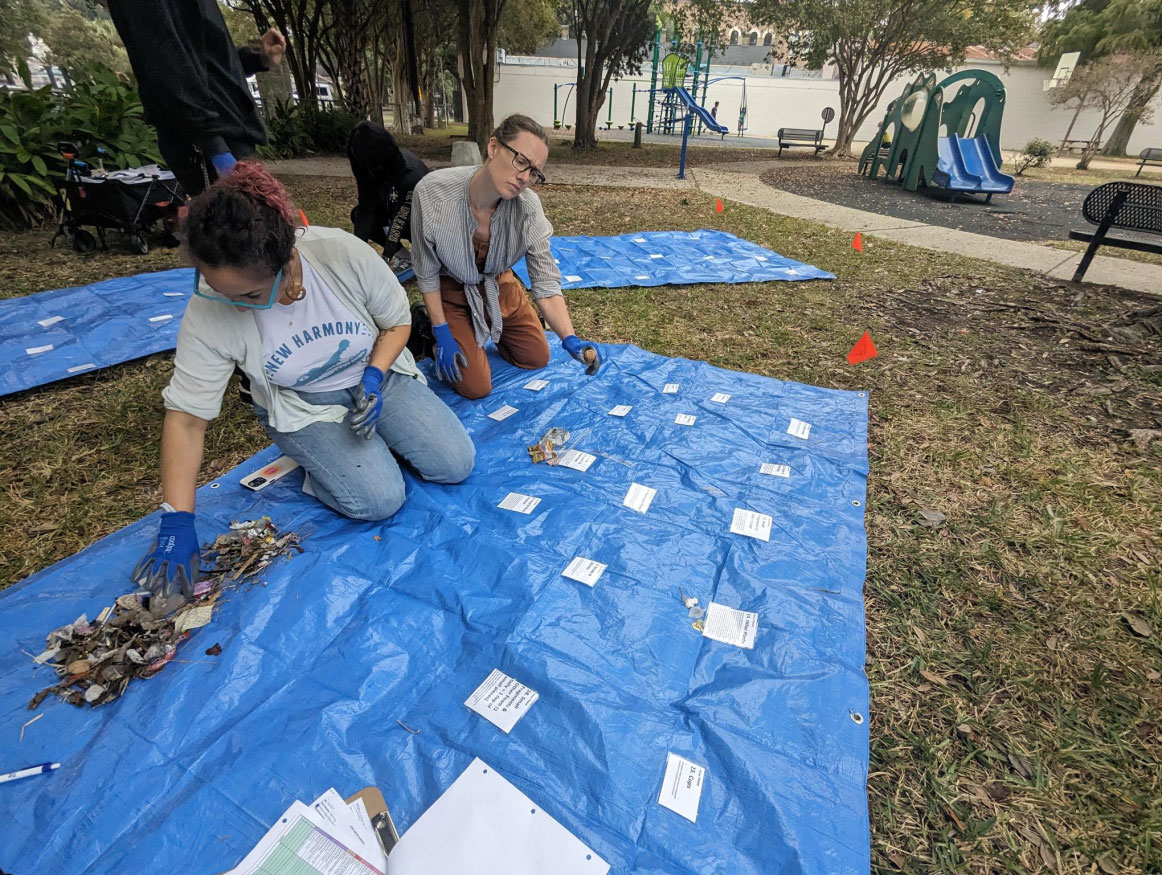
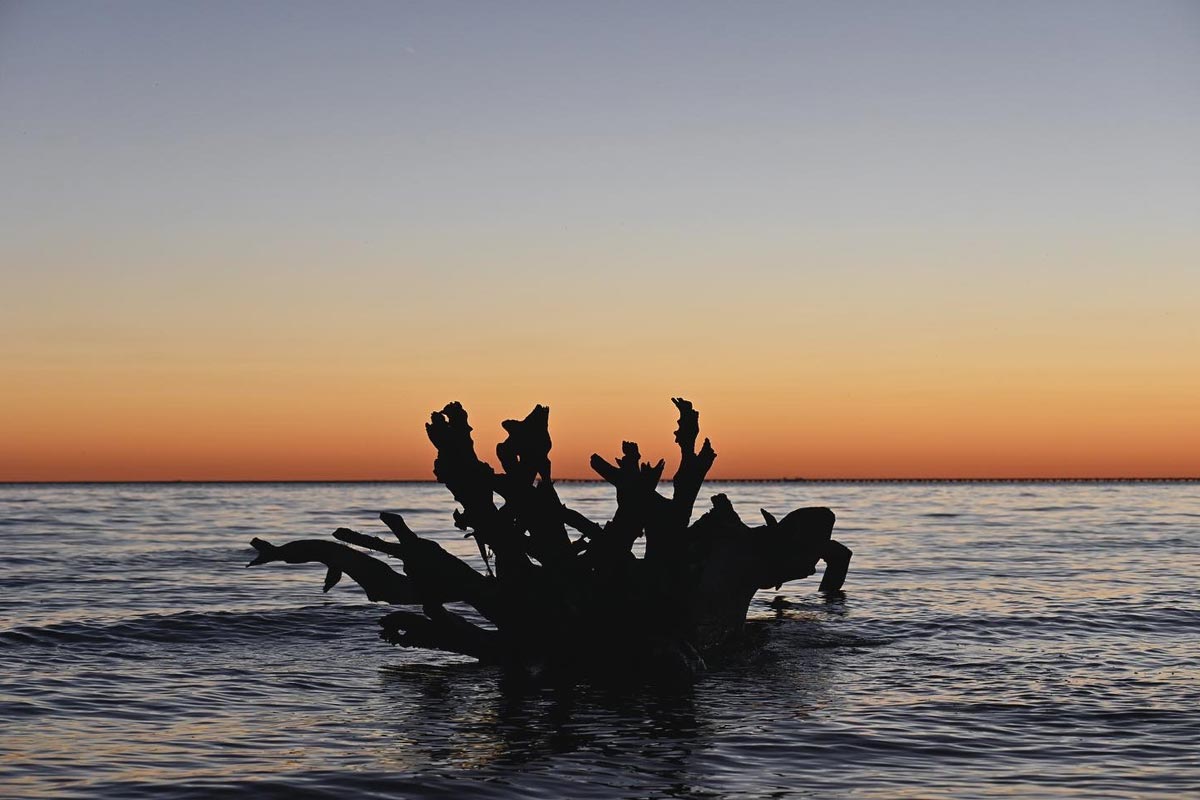
Who Can Participate?
Are you a church, business, or school that would like to implement Consider Litter on your property or nearby? Anyone can participate as a Consider Litter site!
Map
Consider Litter Mentors
Online Tools for Consider Litter
Escaped Trash Assessment Protocol (ETAP)
The ETAP, developed by the U.S. Environmental Protection Agency's Trash Free Waters program, is a quantitative survey tool used by Consider Litter participants which provides a standard method for collecting and assessing litter data.
Adopt a Catch Basin
For Consider Litter sites in Orleans Parish participants can adopt a catch basin located within their site to help improve drainage conditions throughout the city. Click the link to determine if there is an adoptable Catch Basin within your Consider Litter site.
National Oceanic and Atmospheric Administration (NOAA) Marine Debris Program
The NOAA Marine Debris Program is the U.S. Federal government’s lead for addressing marine debris. The resource provides a Derelict Vessel Information Hub, a Debris Monitoring Toolbox, and so much more!
Create Your Own Prevention Project
Are you interested in developing your own prevention and mitigation project but don’t know where to start? Key components like safety, budget, and resources are something to consider before designing your project. Check out the resources below to start planning your own!
Watershed Investigations
Watershed Investigations
Watershed Investigations is a water literacy project that takes place each semester with a Title I middle school in parishes within the Pontchartrain Basin. The project partners Pontchartrain Conservancy with a teacher and their students to design a field investigation in their local watershed.
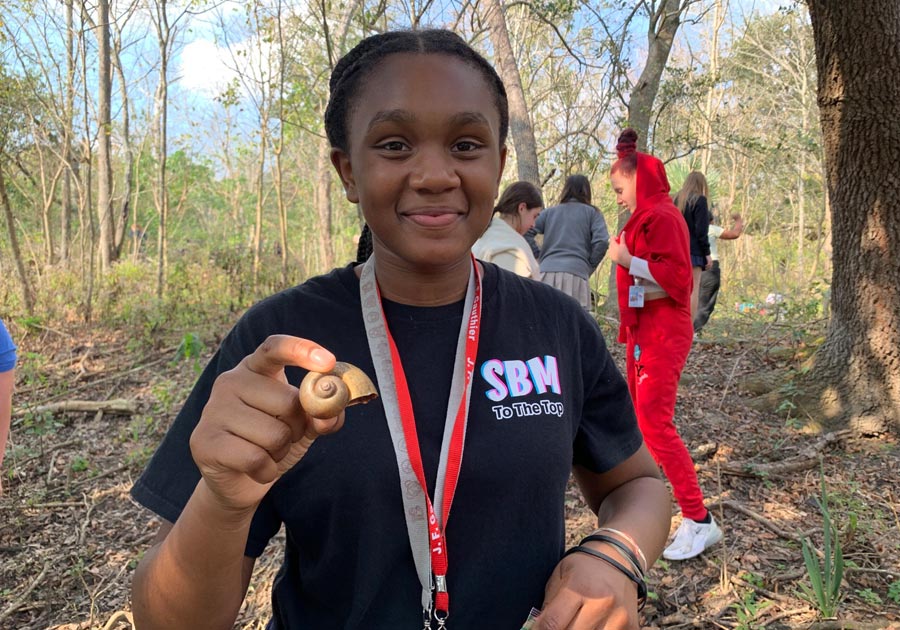
Learn More
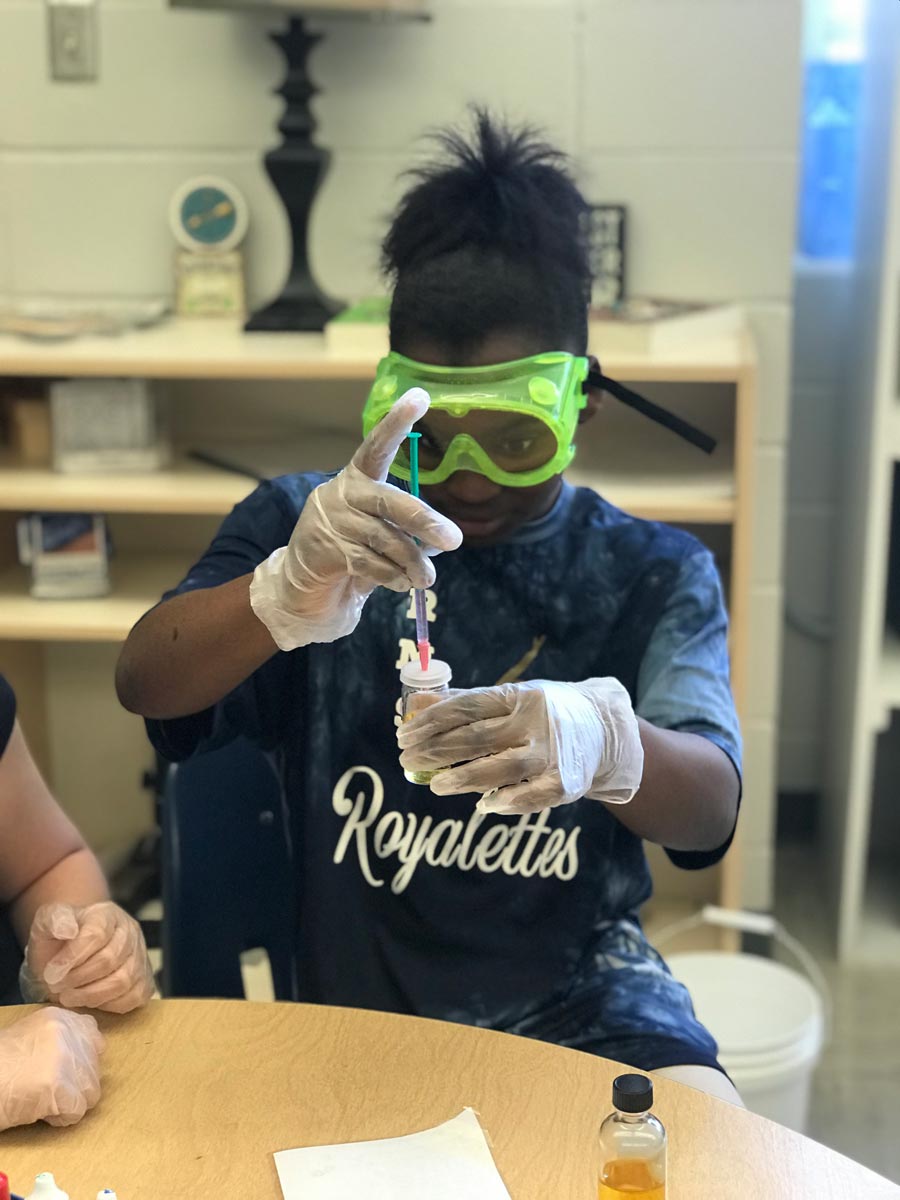
Deep Dive for Title I Schools
Our Watershed Investigation program is designed for educators and students in grades 6-8 in the Pontchartrain Basin. This hands-on, inquiry-driven program includes:
Equipment for investigations, including water quality testing kits and micro-plastics filtration equipment, is provided by PC.
Applications are currently open for Fall 2024.
- Orientation session: Our Education staff introduce watersheds and help students identify potential investigation topics near their school.
- Monthly field visits: Over a semester, students conduct tests at their chosen field site, collecting data, graphing, forming hypotheses, and drawing conclusions. They learn how different data parameters correlate.
- Data presentation: At the end of the semester, students present their collected data in a format and to an audience of their choice.
Equipment for investigations, including water quality testing kits and micro-plastics filtration equipment, is provided by PC.
Applications are currently open for Fall 2024.
Professional Development
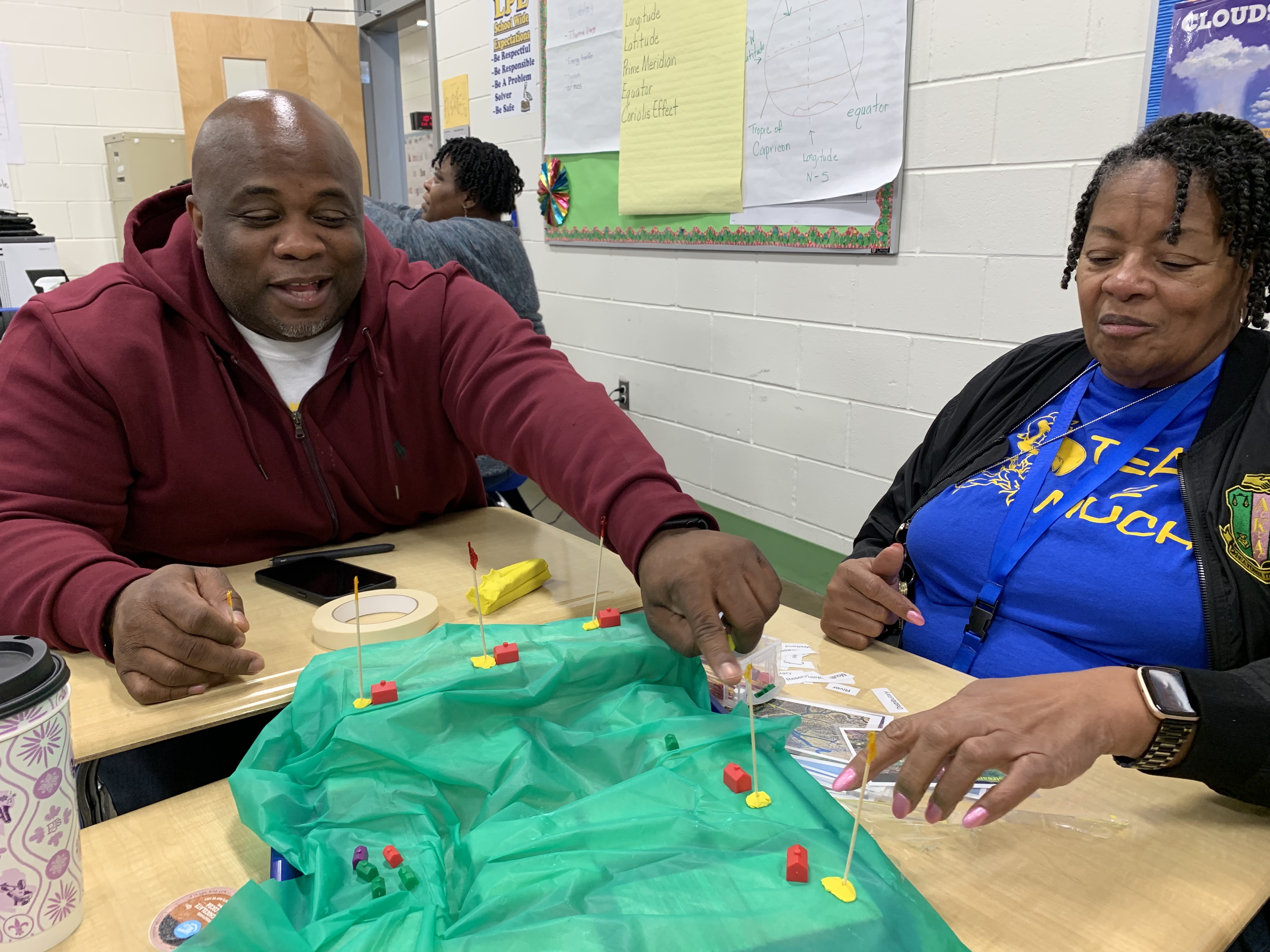
Professional Development
PC’s Education department offers professional development to large groups or educators to strengthen environmental literacy. These two-hour courses are place-based and use hands-on methods for participants. Focused on environmental issues impacting Southeast Louisiana, topics include water quality, coastal land loss, the Multiple Lines of Defense Strategy (MLODS) and more. STEM mini kits are provided to each participant to educate students and the community. Under-resourced and underserved schools and community members participate for free and receive a free STEM mini-kit and stipend.
CORE St. James
CORE St. James
CORE, or Collaborating on Resilience, is a project located in St. James Parish that centers the community in the process of planning for coastal resilience. St. James Parish community members attend trainings, use Coastal Hubs, and attend meetings to prioritize coastal resilience projects in the parish with a focus on sustainability and community input.
Learn More
What is Coastal Resilience?
"Coastal resilience means building the ability of a community to ’bounce back’ after hazardous events such as hurricanes, coastal storms, and flooding – rather than simply reacting to impacts.” - NOAA
Use a Coastal Hub
Coastal Hubs are locations in St. James Parish that centralize public learning tools such as computers, books, and interactive models. Hubs are in parish community centers, schools and libraries and are accessible for all community members. Pontchartrain Conservancy will hold training sessions to show residents how to use these resources.
Attend a Coastal Resilience Project Field Trip
Coastal Resilience Project Field Trips provide opportunities for St. James Parish program participants to see current and planned resilience projects in the Pontchartrain Basin. Attendees will see examples of levees, swamp reforestation, stormwater management and more.
Other Ways to Get Involved
In addition to Coastal Hubs and field trips, Pontchartrain Conservancy will hold training events, community listening sessions, and other coastal resilience outreach events. Community participation is vital! If you live in St. James Parish, be sure to sign up for project updates, use the CORE Coastal Hubs, and attend meetings and trainings. Email education@scienceforourcoast.org for more information.
Thank You to Our Sponsors
Thank You to Our Partners
Our Work
Pontchartrain Conservancy’s programmatic areas work throughout the 16 parishes of the Pontchartrain Basin to advance our mission.Get Involved
Discover the many ways you can contribute to save Southeast Louisiana. Take part in a tree planting, aid in gardening and instruction at our Lighthouse, or giveback in other ways. We need you today!
Support Our Work
By supporting Pontchartrain Conservancy, you have the opportunity to help save the Louisiana you know and love. Your support enables us to build a sustainable, prosperous, and resilient region together.





